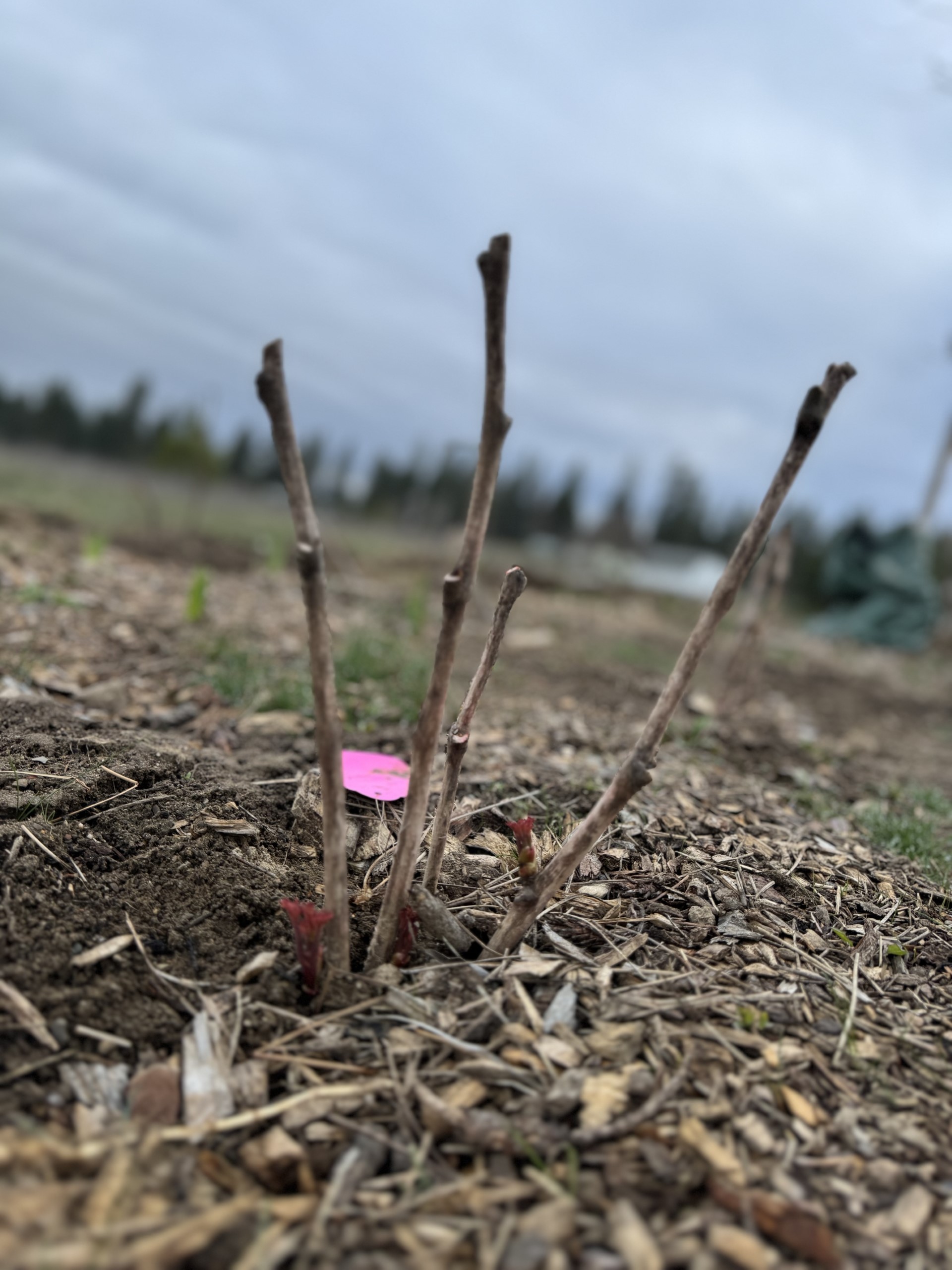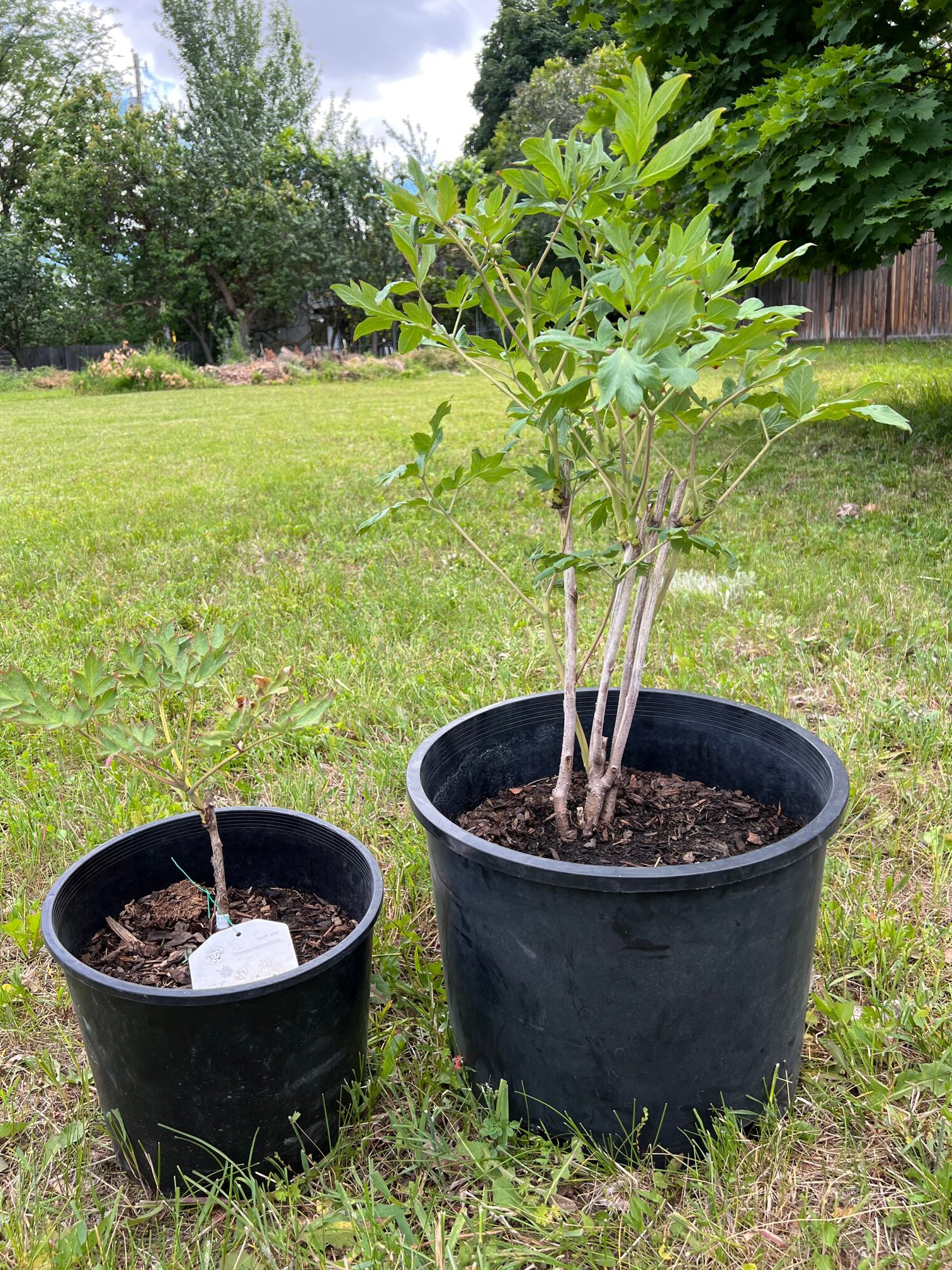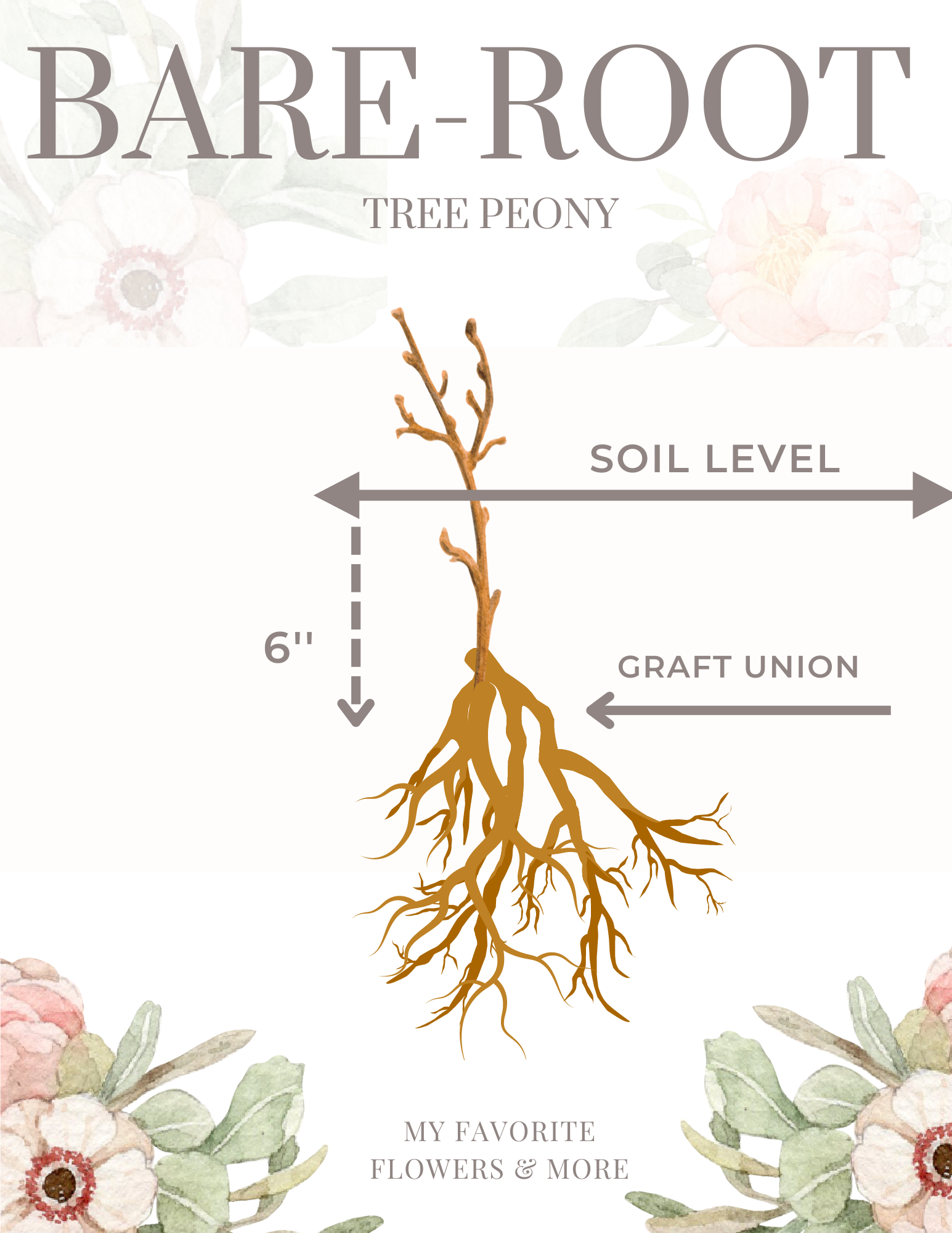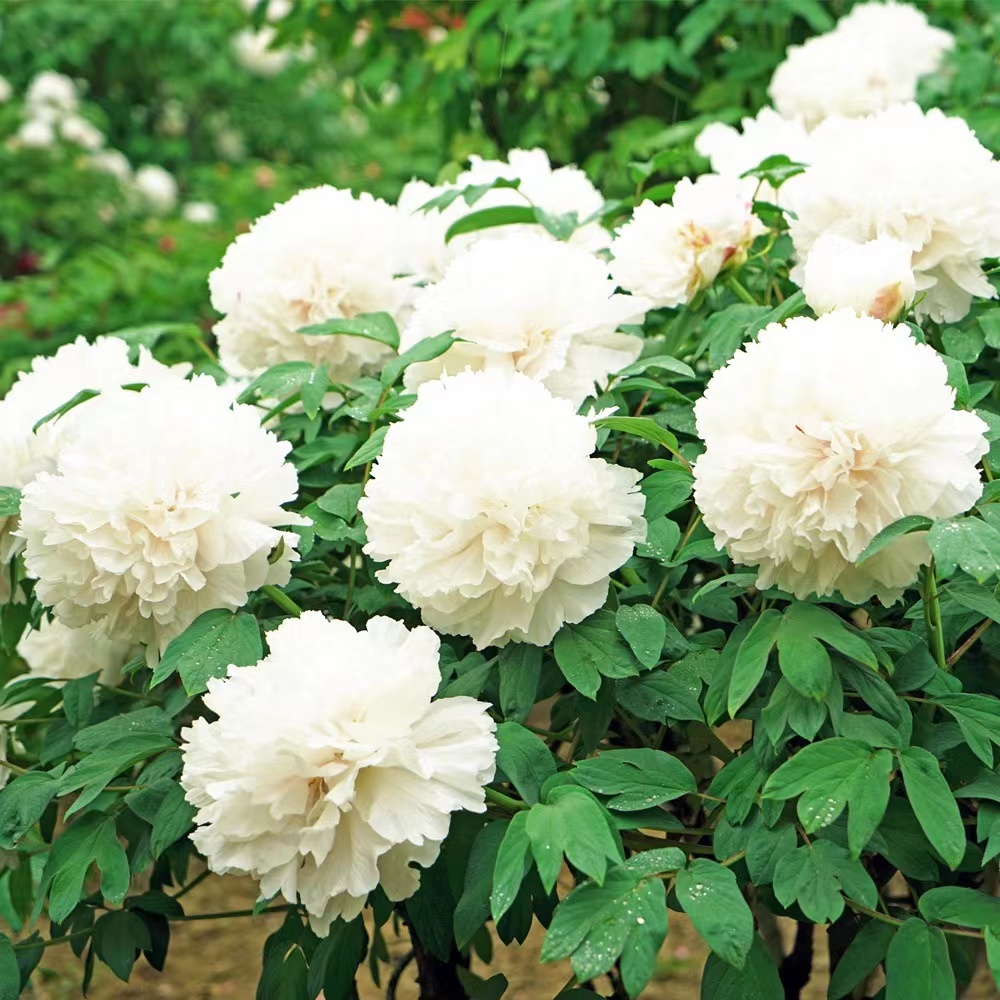
Tree peonies, a lesser-known species of the peony family in the United States, are striking flowering plants native to China. Cultivated for centuries for both medicinal uses and their beautiful petals and large blooms, tree peonies are highly prized for their decorative value. Despite their name, tree peonies are actually woody deciduous shrubs, though they can be pruned and shaped to resemble trees with a single branch. It is important to note that not all varieties of tree peonies can be trained in this manner.
Here are some key characteristics of tree peonies that will help first-time gardeners:


Consider these factors when purchasing a grafted tree peony: The older the graft, the better the chances of a successful transplant and thriving plant in its first full year. Look for a tree that is 3 to 5 years old, as it will be on its own root system and have a higher probability of blooming and new branch growth. Younger trees (1 to 2 years old) may still rely on the herbaceous graft and could take longer to establish, with a risk of producing suckers from the herbaceous root.


